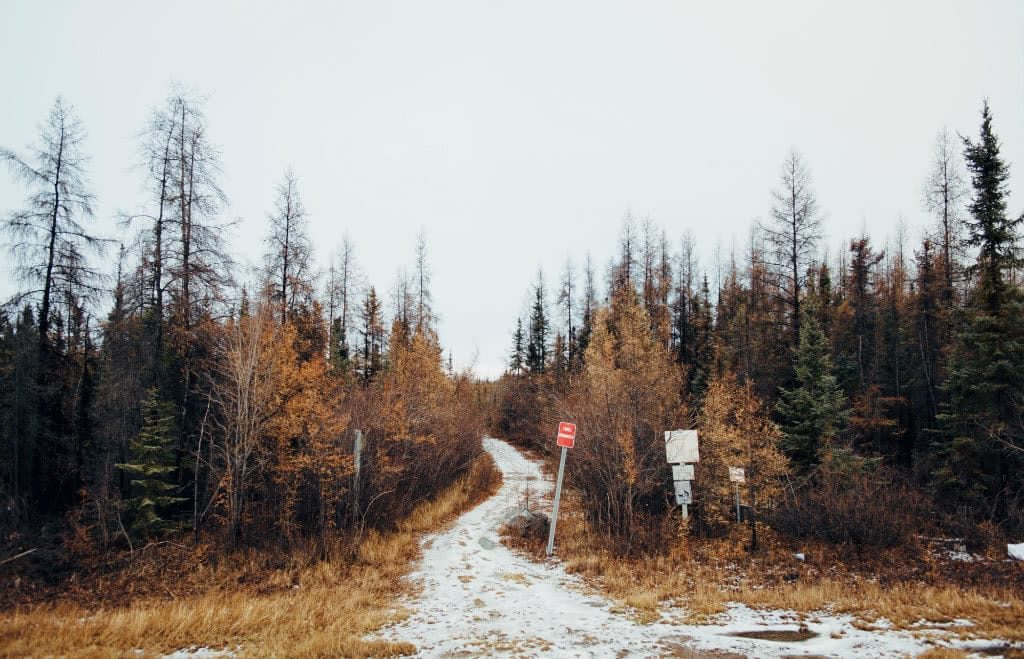On EDGE: Opinion
Like most Yellowknifers, I was caught up in the disappearance of Atsumi Yoshikubo last month. As the days became weeks, I couldn’t stop wondering what might have happened to the 45-year-old psychiatrist, and I spent some time trudging – in the footsteps of all the other searchers – around city trails, hoping/dreading I might catch a glimpse of a light pink coat.
I saw other Japanese tourists wandering the streets of downtown Yellowknife looking a little lost, and heard the fears of how a Japanese visitor disappearing in such odd circumstances would be bad news for the aurora-watching industry.
When it was reported that a suicide note had been found in Japan, and that Yoshikubo had devised a plan to disappear in the wilderness north of the city, I was genuinely shocked. I’d never suspected that particular possibility.
I certainly should have, though. When I lived in Tokyo many years ago, the Japanese suicide epidemic was just starting to take hold, egged on in part by the country’s early-’90s economic implosion.
At its peak, over a 14-year stretch, more than 30,000 Japanese people were killing themselves a year – roughly one every 15 minutes, as writer Larissa MacFarquhar pointed out in a New Yorker piece on the phenomenon last year.
That’s a suicide rate of approximately 24 people per 100,000, double that of Canada’s general population. But it is, of course, equal to the rate among Canadian First Nations populations. It’s also considerably lower than the rate among Inuit, who kill themselves at a staggering 13 times the national average, leaving the Japanese far behind. We certainly don’t need to import any suicides to the North.
There are many articles, books and academic studies about the Japanese suicide epidemic, as well as much discussion of the historical elements of Japanese culture that take a more forgiving view of the act, and the pressures of modern Japanese society that created this present-day crisis. But it has, largely, been a crisis taking place solely in Japan, at famous suicide sites such as Aokigahara Forest, the “Sea of Trees” that lies at the foot of Mount Fuji. Here, depressed, stressed Japanese, solo or in groups of strangers who have met online in suicide forums, die by the droves. After a bit of online digging, though, I can’t find many signs of Japanese “suicide tourism,” such as Yoshikubo’s.
I asked a Japanese friend from Osaka how Yoshikubo’s story had been reported in her country. Was it a big deal? “Maybe at first,” she told me, but once the suicide note was discovered and reported on, “it went away.” The Japanese public, at first titillated by a tale of possible skullduggery in an exotic and rugged place, were more embarrassed than anything once the truth came out, she figured. Did my friend think that local tourism might be hurt by the story? “I think not so much,” she replied, and then she said something pretty dark: “Maybe you will get more people coming like her.”
I’m not suggesting there will be a wave of copycat one-way visitors coming to these parts any time soon. But I do wonder if we ought to reflect, in the wake of Yoshikubo’s tragedy, about the mental well-being of our visitors, and whether we’re doing enough as hosts to reach out to them.






